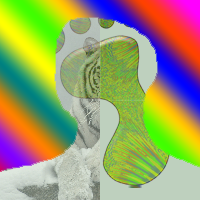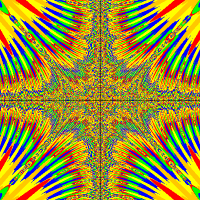I am trying to make a pong game and I need to make it so if the ball hits the paddle it speed up, and/or when it hits the wall the angle is not predictable. I just need to be pointed in the right direction because I just cant seem to find any information about how this would be done. I can provide any code from my program that might help. My ball is controlled by two variables that control the X, and Y speed to make it move, is it as simple as adding a random number multiplier to it ?






